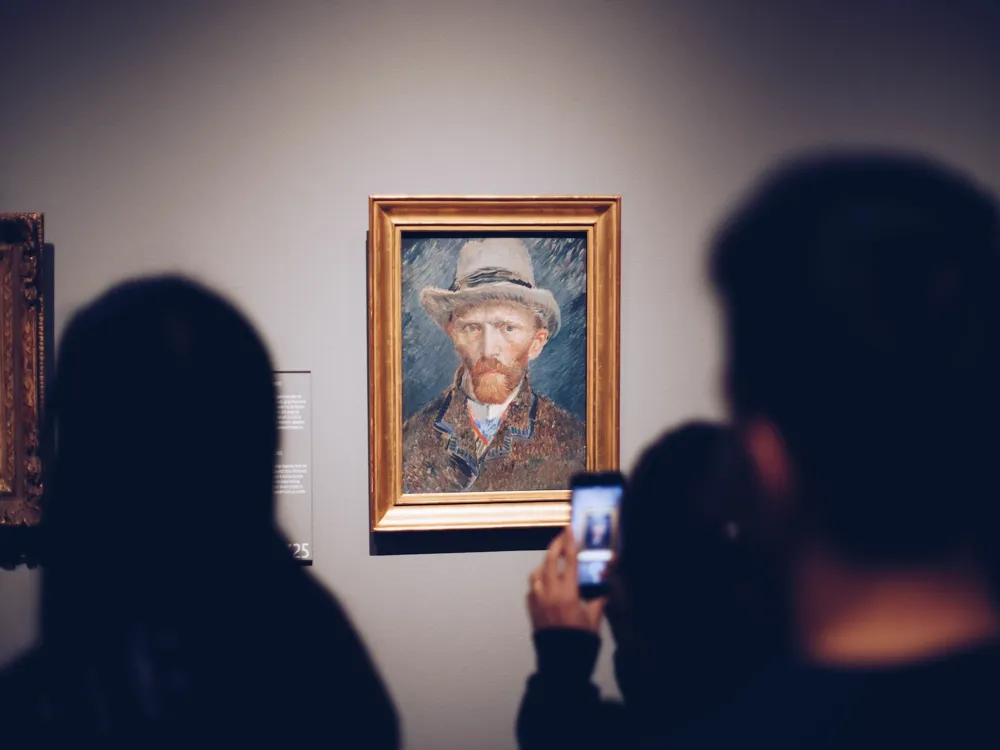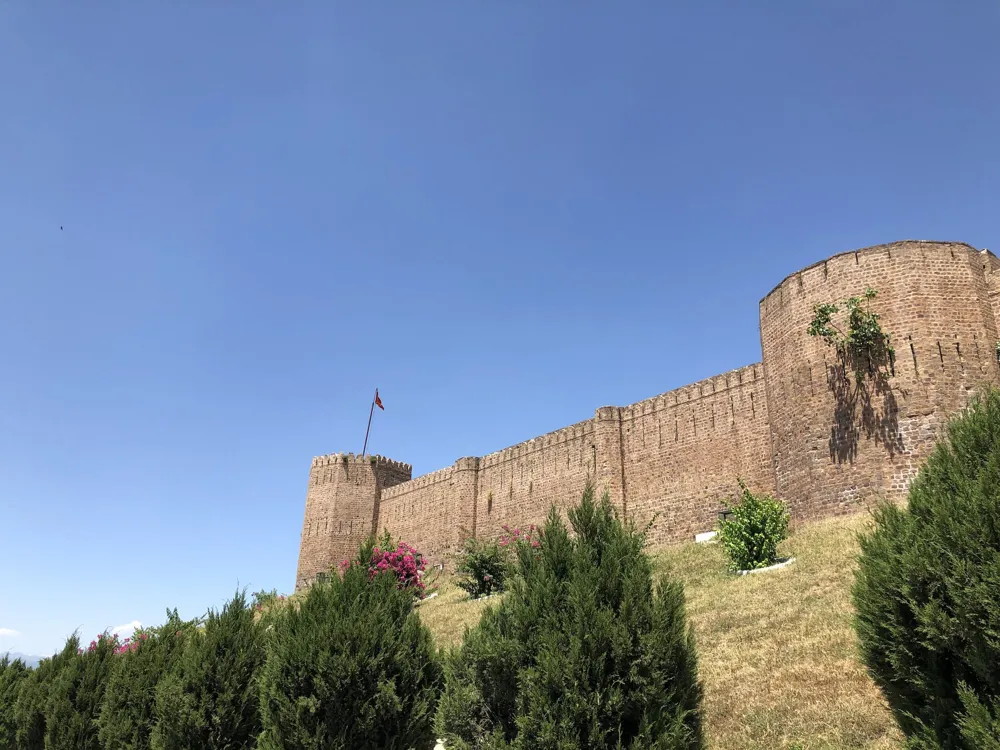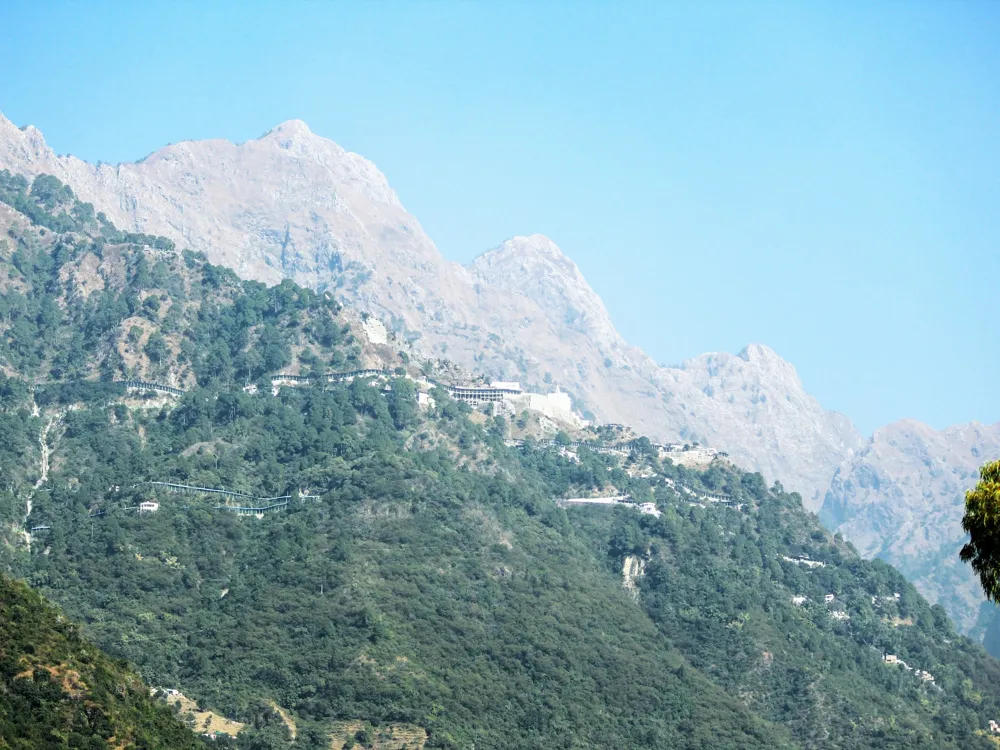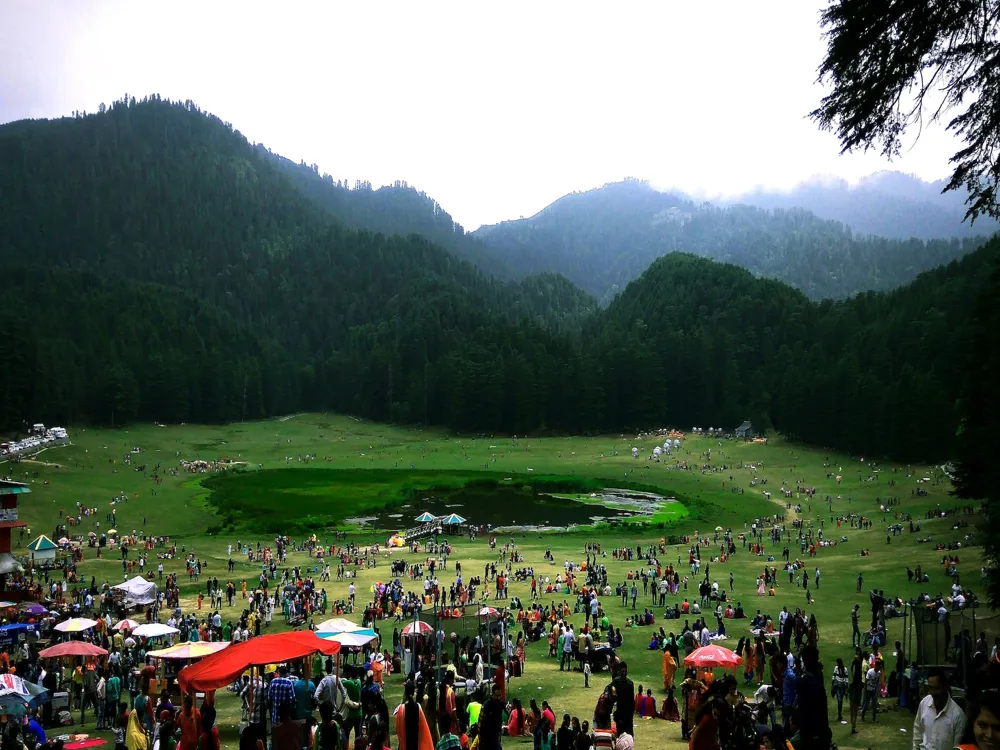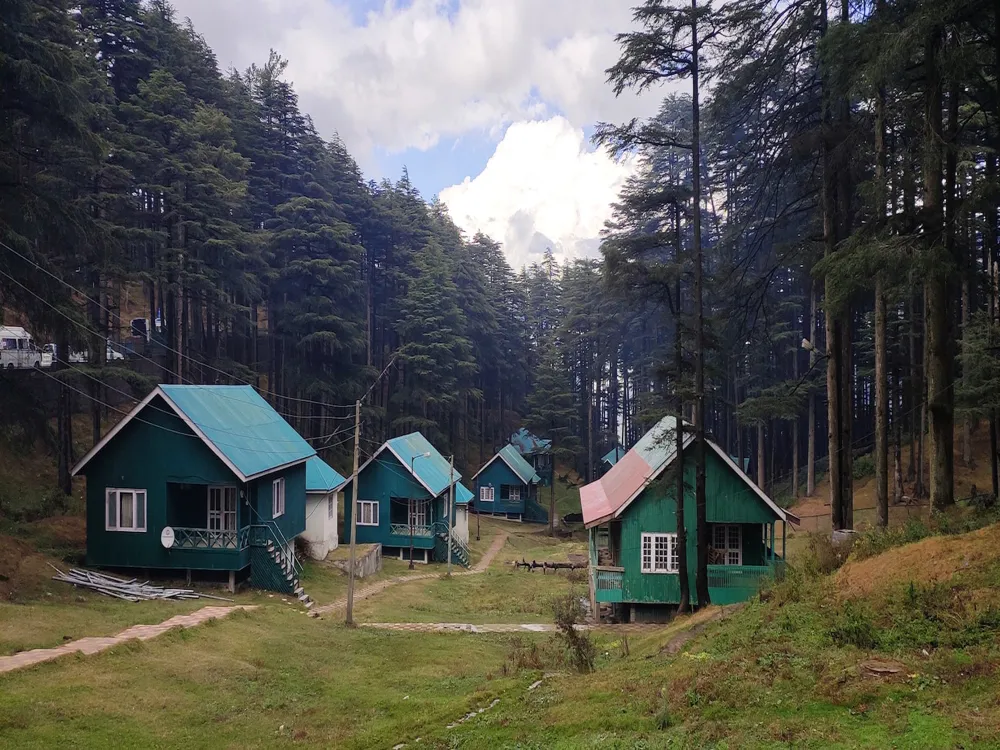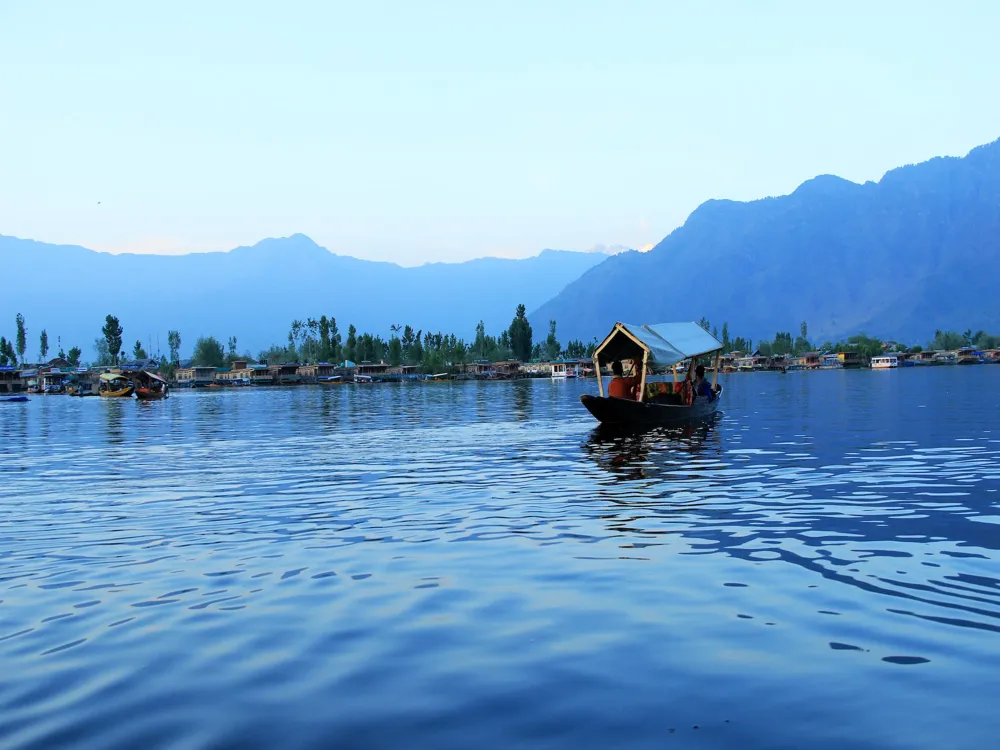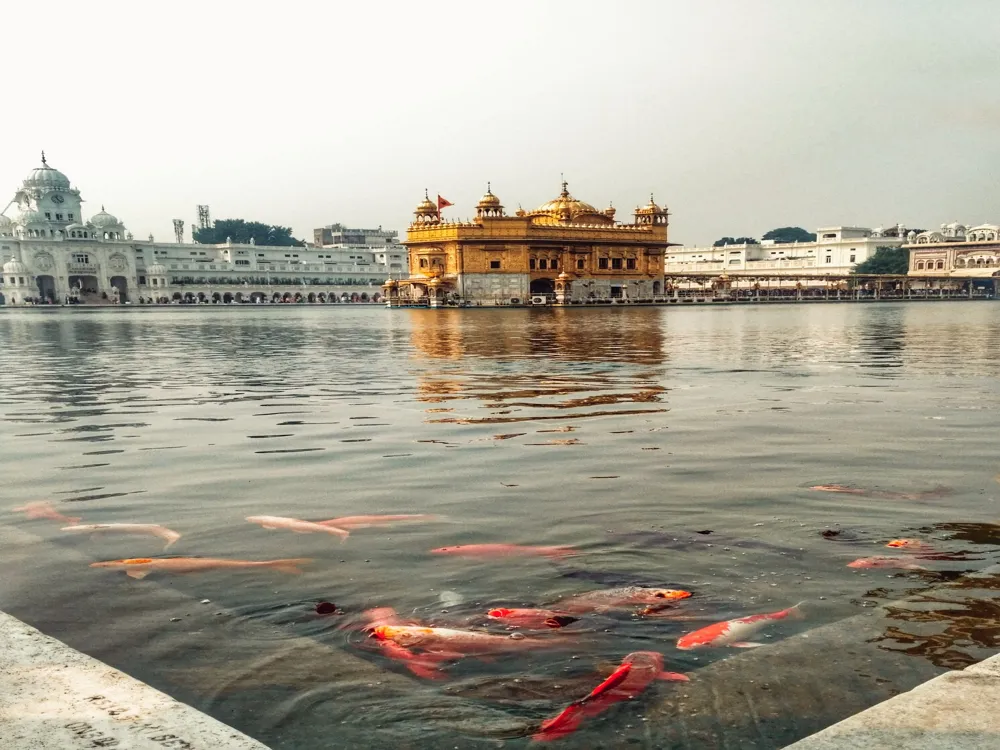The Bahu Mela is a vibrant and culturally rich festival held in Jammu, a region renowned for its diverse heritage and picturesque landscapes. Rooted in the historical and religious traditions of Jammu and Kashmir, this festival presents an opportunity for both locals and tourists to immerse themselves in the region's cultural ethos. The Bahu Mela is celebrated twice a year with great enthusiasm, coinciding with the auspicious days of Navratri. This festival is held in the revered Bahu Fort area, near the majestic Tawi River, adding to its spiritual and historical significance. At the heart of the Bahu Mela is the Bahu Temple, dedicated to the Hindu Goddess Kali. This temple, which stands as a testament to the region's rich religious history, attracts thousands of pilgrims during the festival. The Mela showcases a blend of religious ceremonies and cultural events, including local music, dance performances, and traditional theater. The market stalls are a highlight, offering a variety of local crafts, textiles, and exquisite Jammu cuisine, allowing visitors to take a piece of Jammu's culture back home with them. The Bahu Mela is not just a festival; it's a vibrant canvas that displays the harmony and diversity of Jammu's cultural landscape. It's a place where age-old traditions meet the contemporary world, creating a unique experience that leaves a lasting impression on every visitor. The festival serves as a bridge between generations, passing on the rich heritage of Jammu and Kashmir to the younger populace and keeping the spirit of the region's culture alive and thriving. The Bahu Mela is held within the premises of the historic Bahu Fort, which is an epitome of architectural brilliance. The Fort, perched upon a rock face on the left bank of the Tawi River, is an outstanding example of ancient engineering and architectural skills. Built by Raja Bahulochan over 3,000 years ago and later refurbished by Dogra rulers, the fort presents a blend of Rajput and Mughal architectural styles. The fort's complex features terraced gardens known as the 'Bagh-e-Bahu,' influenced by Mughal garden design. These gardens are a visual treat, with their lush greenery, blooming flowers, and cascading water channels, offering a serene backdrop to the bustling activities of the Mela. The walkways and viewpoints within the gardens provide panoramic views of the Tawi River and the surrounding city, making it a photographer's paradise. Within the fort complex lies the ancient Bahu Temple, a small yet significant structure revered by the local community. The temple's architecture is a blend of local and traditional styles, featuring intricate carvings and detailed motifs that are characteristic of the region's religious architecture. The temple serves as the epicenter of the Bahu Mela, with devotees thronging its premises to offer prayers and seek blessings during the festival. The Bahu Fort's architecture, with its imposing walls, watchtowers, and gateways, stands as a symbol of Jammu's historical resilience and cultural evolution. The fort has withstood the test of time and remains an integral part of the region's heritage, offering visitors a glimpse into the past while celebrating the present cultural ethos through the Bahu Mela. It's advisable to check the festival dates in advance and plan your visit accordingly. Accommodation in Jammu can get booked quickly during the Mela, so it's wise to make your reservations early. Also, be prepared for large crowds and plan your itinerary to include some quiet time away from the festival's hustle and bustle. Considering the cultural and religious significance of the Mela, it's recommended to dress modestly. Comfortable clothing and footwear are advised as you'll likely be on your feet for long periods, exploring the various facets of the festival. Jammu's cuisine is a must-try, with many stalls offering local delicacies at the Mela. However, it's important to eat at reputable places to avoid any health issues. Always keep an eye on your belongings and stay vigilant in crowded areas. Bahu Mela in Jammu is well-connected and easily accessible. The nearest airport is Jammu Airport, which is well-connected with major cities in India. From the airport, one can hire taxis or take local buses to reach the Bahu Fort area. Jammu Tawi, the main railway station, is another viable option for those traveling by train. It connects Jammu with different parts of India. Local transport, including buses and auto-rickshaws, is readily available from the railway station to the Bahu Fort. For those who prefer to drive, Jammu is well-connected by road with major cities and towns in North India. Read More: Overview of Bahu Mela in Jammu
Architecture of Bahu Mela
Tips When Visiting Bahu Mela
Planning Your Visit
Dress Appropriately
Food and Safety
How to Reach Bahu Mela
Bahu Mela
Jammu
Jammu And Kashmir
₹ 5,000 onwards
View jammu Packages
Weather :
Tags : Fairs & Festivals
Time Required : 2 - 3 hrs
Planning a Trip? Ask Your Question
Jammu Travel Packages
View All Packages For Jammu
Top Hotel Collections for Jammu

Private Pool

Luxury Hotels

5-Star Hotels

Pet Friendly
Top Hotels Near Jammu
Other Top Ranking Places In Jammu
View All Places To Visit In jammu
View jammu Packages
Weather :
Tags : Fairs & Festivals
Time Required : 2 - 3 hrs
Planning a Trip? Ask Your Question
Jammu Travel Packages
View All Packages For Jammu
Top Hotel Collections for Jammu

Private Pool

Luxury Hotels

5-Star Hotels

Pet Friendly








